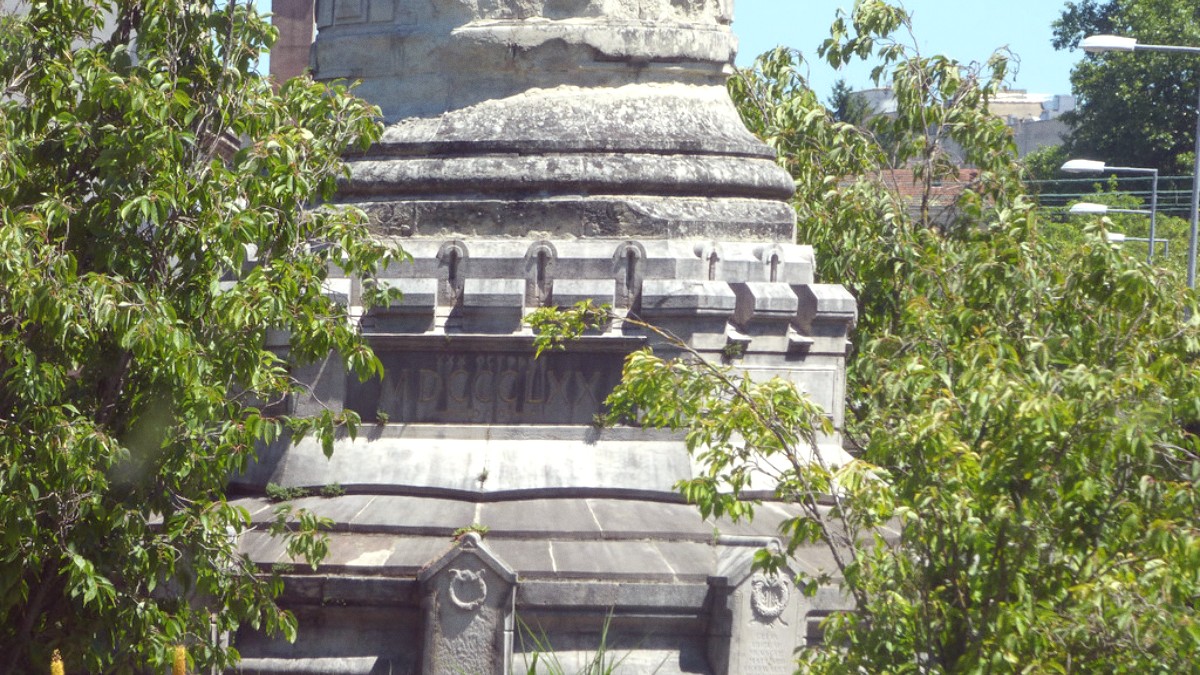
Burgundy And The Rhone, France
The Palais des Ducs et des États de Bourgogne, the grand residence of the powerful Dukes, now houses the City Hall and the Musée des Beaux-Arts. Its architecture reflects centuries of modifications, representing ducal political and artistic power.
The Tour Philippe le Bon, an impressive 46-meter tower from the 15th century, has panoramic views across Dijon's rooftops and vineyards. Access is by guided tour only; book in advance at the Tourist Office.
Dijon presents a collection of museums and cultural institutions that dive deep into art, history, and local life.
These sites unveil Dijon's rich past and present tranquil escapes.
Dijon also features green spaces and recreational areas for relaxation and outdoor enjoyment.
Beyond the well-known sites, Dijon holds several hidden gems that present unique charm and a quieter experience.
Tucked away in the historic center, these courtyards showcase beautiful architecture and a peaceful retreat.
A picturesque street in the artisans' quarter, known for antique shops, art galleries, and charming half-timbered houses.
A local chocolate maker that sometimes has workshops and tastings. A sweet, interactive experience.
Observe the city's unique tiled rooftops from various higher points for a different perspective.
An urban walking tour through Dijon's historic center, with 22 marked stops. An easy, self-guided route suitable for all ages and fitness levels.
Making the most of your Dijon sightseeing.
Consider purchasing a Dijon City Pass for potential savings and access to attractions.
Museum and attraction hours can vary, especially on public holidays. Confirm before visiting.
For guided tours (like Tour Philippe le Bon) or popular attractions, book ahead to secure spots.
Dijon's historic center has many cobblestone streets, ideal for walking.
Divia (trams and buses) is efficient for reaching areas outside the immediate center, like Lac Kir.
Vélodi (public bike-sharing) or private rental shops for exploring the city or the Voie des Vignes.
Use a physical map from the Tourist Office or navigation apps for easy movement.
Palace of the Dukes and Notre-Dame are in the easily walkable city center, ideal for exploring on foot.
Many museums, including Musée des Beaux-Arts, Musée de la Vie Bourguignonne, and Musée Archéologique, have free entry to permanent collections.
Parc de la Colombière and Jardin Botanique de l'Arquebuse present tranquil escapes. Lac Kir has recreational activities.
Dijon's city center is very walkable, making exploration easy on foot.
Many museums in Dijon, like the Musée des Beaux-Arts, Musée de la Vie Bourguignonne, and Musée Archéologique, present free entry to their permanent collections. This holds excellent value.
Always check specific opening times, as schedules can change.
Plan your museum visits by checking their official websites for current exhibitions and special events.
The Dijon City Pass can simplify entry to multiple attractions and public transport.
Dijon's compact historic center is best explored on foot.
Capture Dijon's beauty through your lens.
Discover attractions in Dijon for a memorable visit.
Explore the former residence of the Dukes of Burgundy, home to the City Hall and the Fine Arts Museum.
Admire the unique Gothic architecture and the famous Jacquemart clock of this 13th-century church.
Visit the historic covered market, designed by Gustave Eiffel, for local produce and atmosphere.
This world-class museum, within the Duke's Palace, has significant European paintings and ducal tombs.
Book ticketsA modern complex for culinary education, exhibitions, and tastings.
Learn moreA 15th-century sculptural masterpiece located just outside the city center.
Find a tourAn artificial lake with recreational activities, great for relaxation and outdoor sports.
A self-guided walking tour to discover Dijon's historic highlights and hidden gems.
Start your trailMaximize your cultural journey through Dijon's museums.
Enjoy Dijon's natural beauty responsibly.
Many museums in Dijon, like the Musée des Beaux-Arts, Musée de la Vie Bourguignonne, and Musée Archéologique, present free entry to their permanent collections.
Always check specific opening times, as schedules can change.
Dijon's attractions change with the seasons, offering varied experiences year-round.
Warm weather makes outdoor exploration delightful.
Cooler months present a different charm and focus on indoor experiences.
The perfect time for leisurely drives through the countryside.
Dijon's historic center shines with festive lights and a cozy atmosphere.
Ideal for enjoying indoor attractions and the city's culinary scene.
Spring brings fresh blooms and a reawakening to Dijon.
A wonderful time for exploring parks and outdoor markets.
Summer (July-August) sees the largest tourist crowds, especially around major attractions and during festivals. Spring and early autumn are less busy.
Summers are warm; winters can be cold with occasional snow. Spring and autumn offer mild temperatures and picturesque scenery.
Some smaller attractions or shops may have reduced hours in the low season (winter). Always verify schedules in advance.